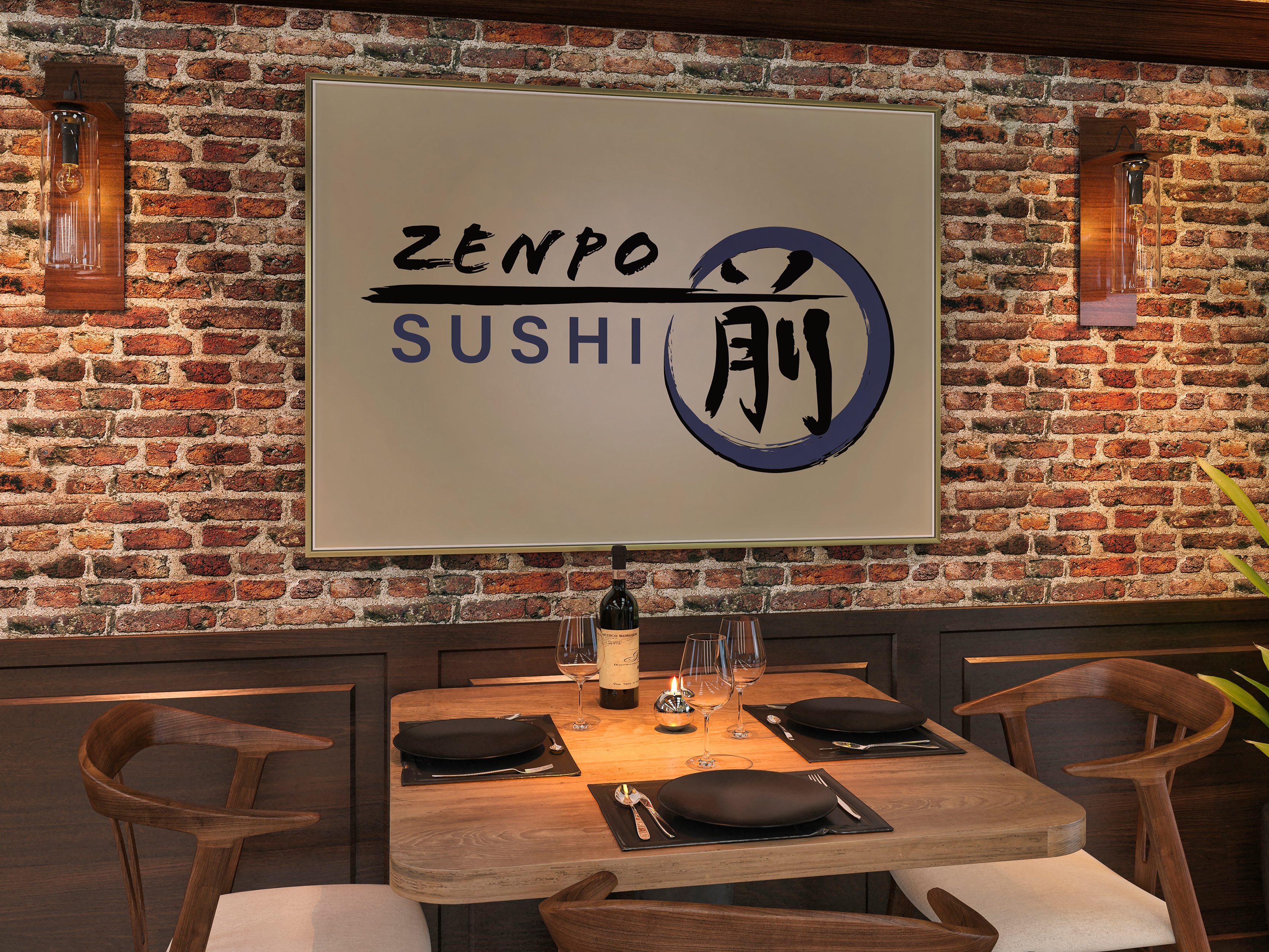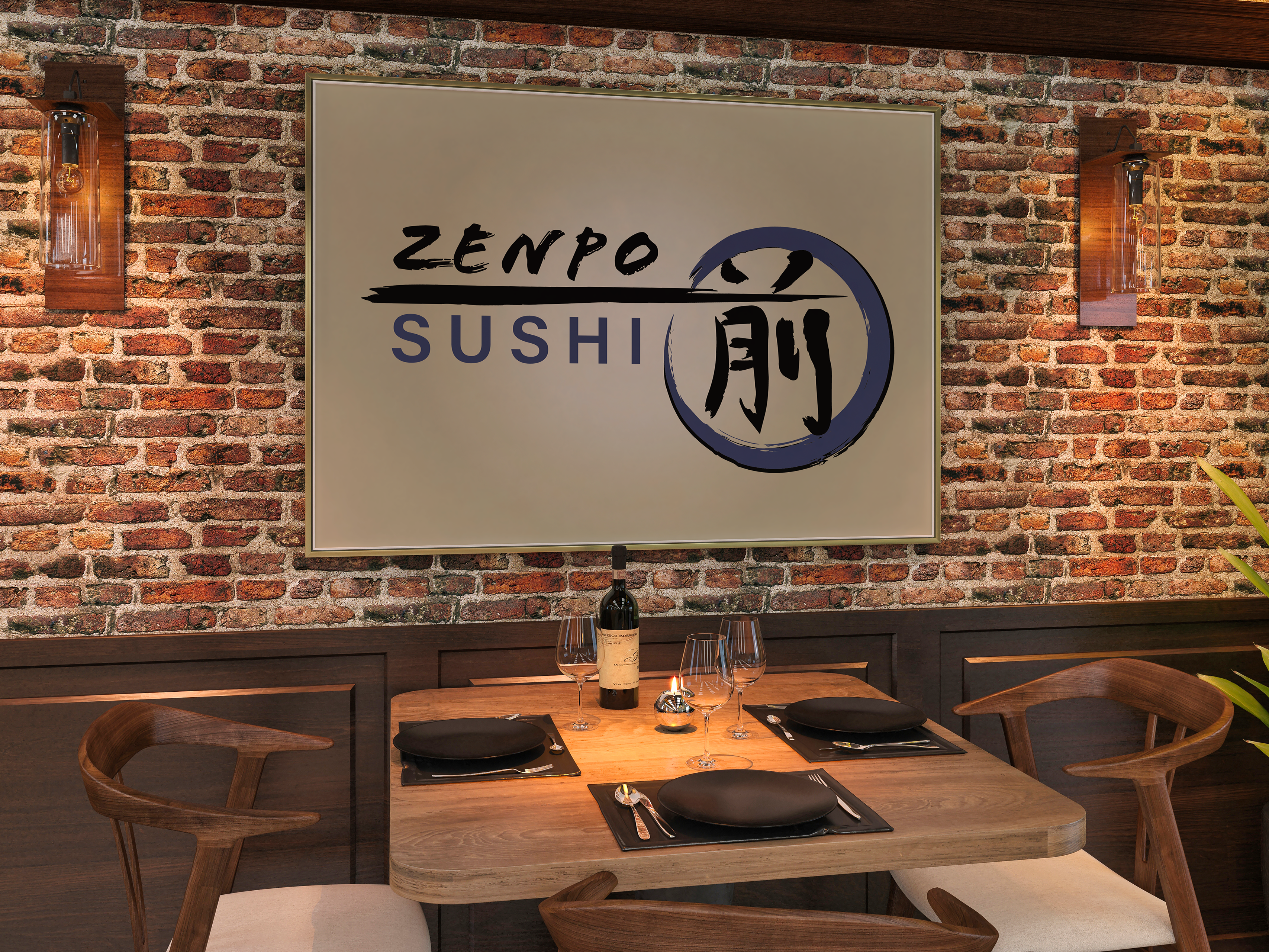Lo-fi prototyping of the final box design.
Some of the material exploration used in the final project. Luckily the tools on the packaging were ones I already owned, so all that had to be done was some masking and scaling in photoshop to make them fit within the boundaries of the packaging.
The matcha was another material I had at home. However, the koucha and genmaicha I replicated using ingredients I found in my pantry. The koucha was a simple mix of some lemon tea and coffee grounds. For the genmaicha, I cut up some seaweed with scissors to look like leaves, and I used some puffed cereal from a granola bag to simulate popped rice.
I built a relatively simple photography set up in my kitchen. I used a makeup light to illuminate the materials on top of a sheet of freezer paper initially, but the shadows were too harsh. To fix this, I used a work light with wax paper over it to produce a bright, dispersed light, and that worked pretty well.
The goal for this project was to create a new line of flavors for the TAZO Tea Company that proved original and competitive when compared to their current flavors. This line of Japanese inspired tea flavors was chosen to complement TAZO’s values of worldliness by showing cultural representation through thoughtful choices of tea flavors. I chose to work with simple images and color blocks in subdued hues to stay in line with the aesthetic ideas of chadou, or traditional Japanese tea ceremony, while also taking inspiration from TAZO’s current box design and typesetting to create the idea of tradition brought into contemporary practice. The three flavors, matcha, koucha, and genmaicha, were chosen to represent the diversity of flavor offered throughout Japan. These three flavors also lent themselves to creating a distinctive color palette and imagery, which was an added bonus.











